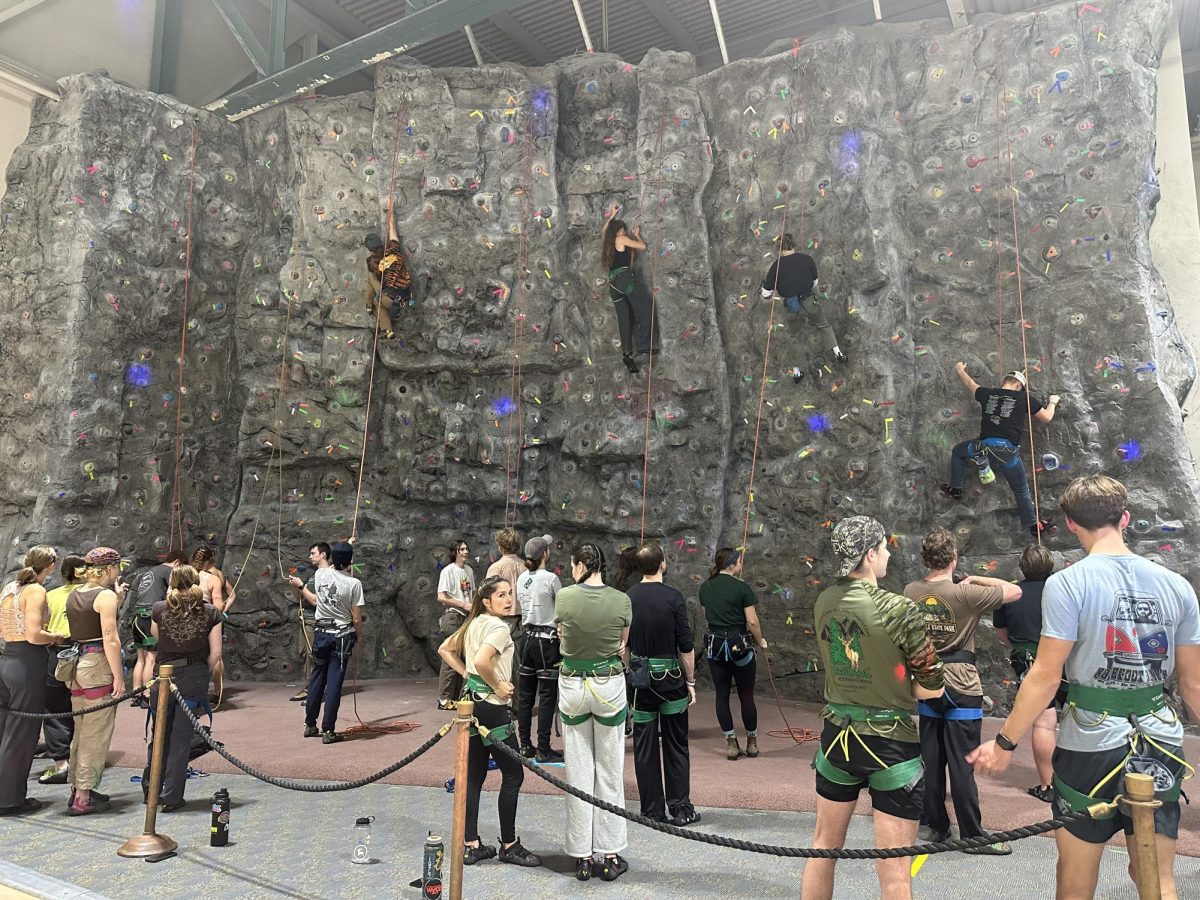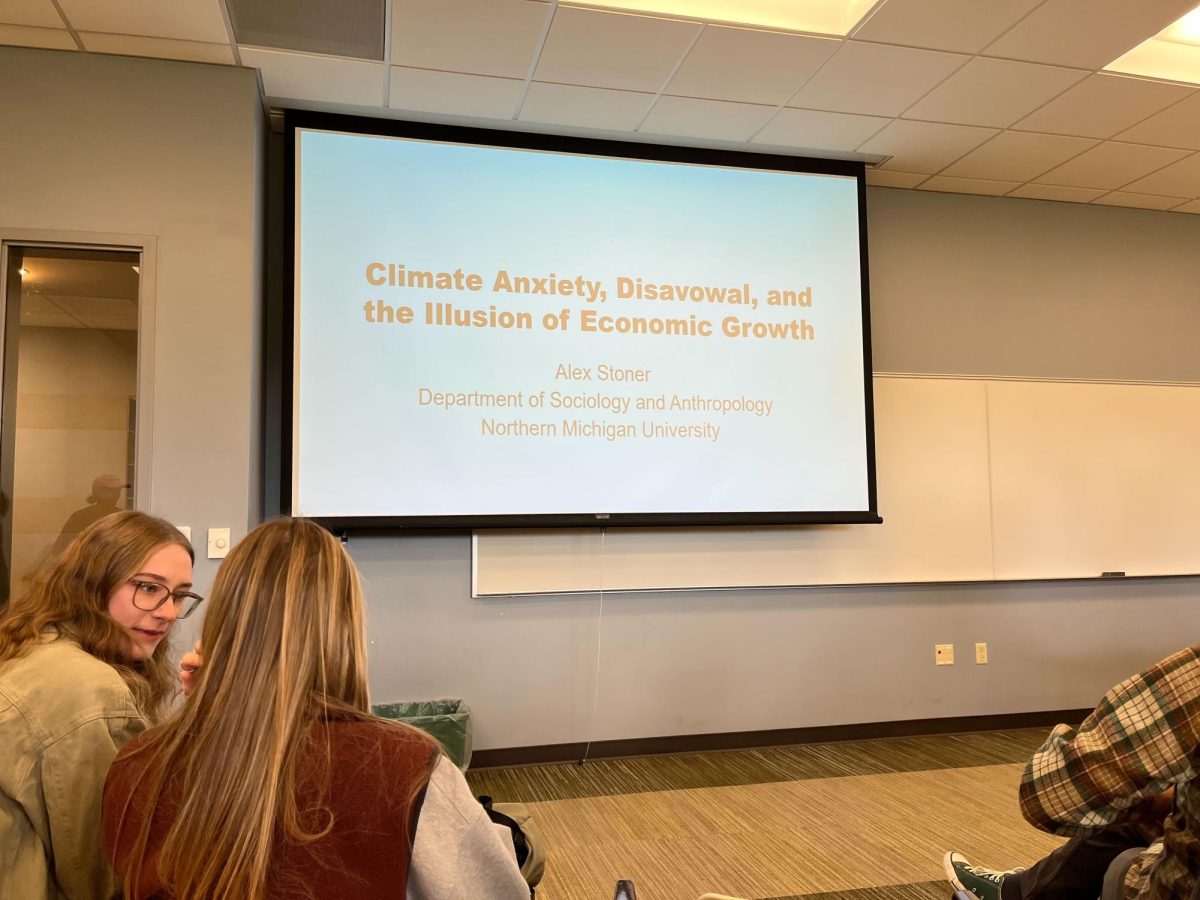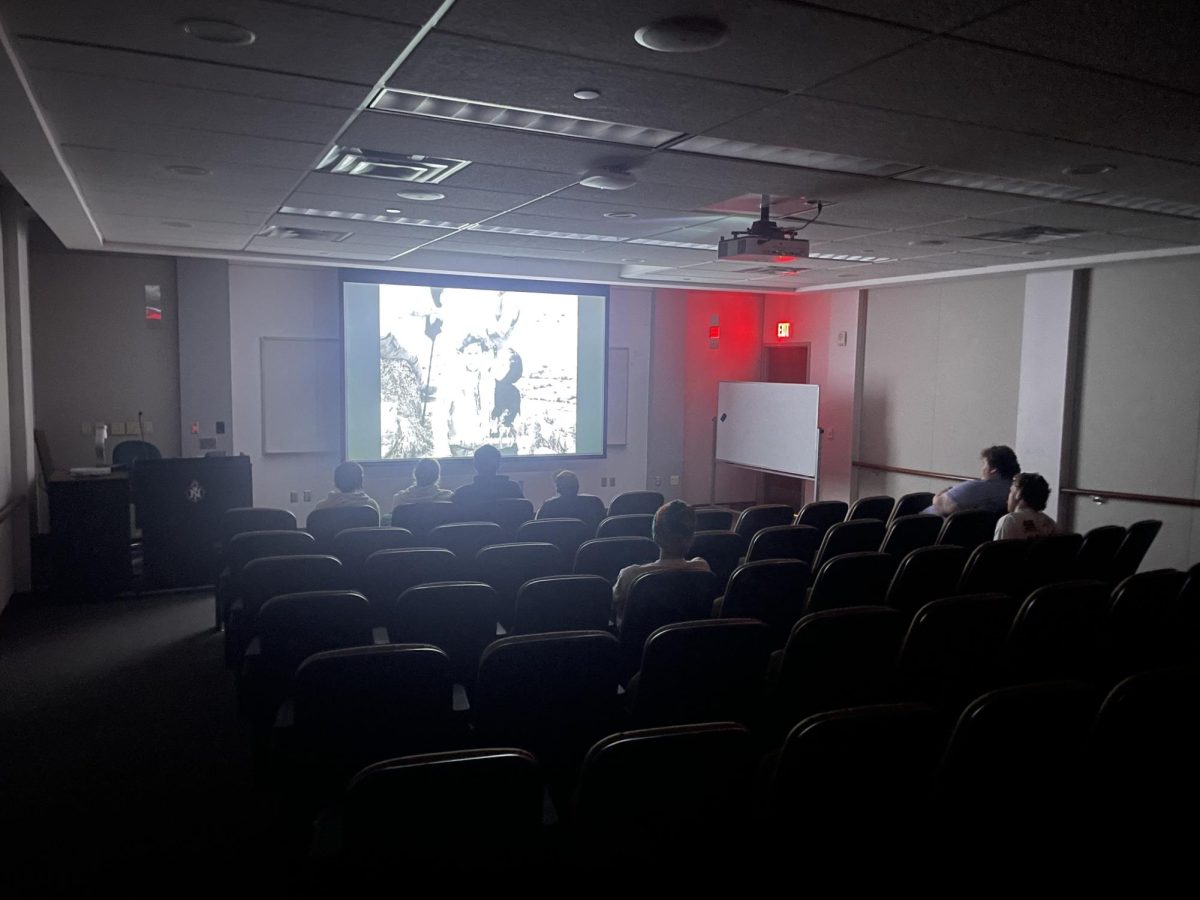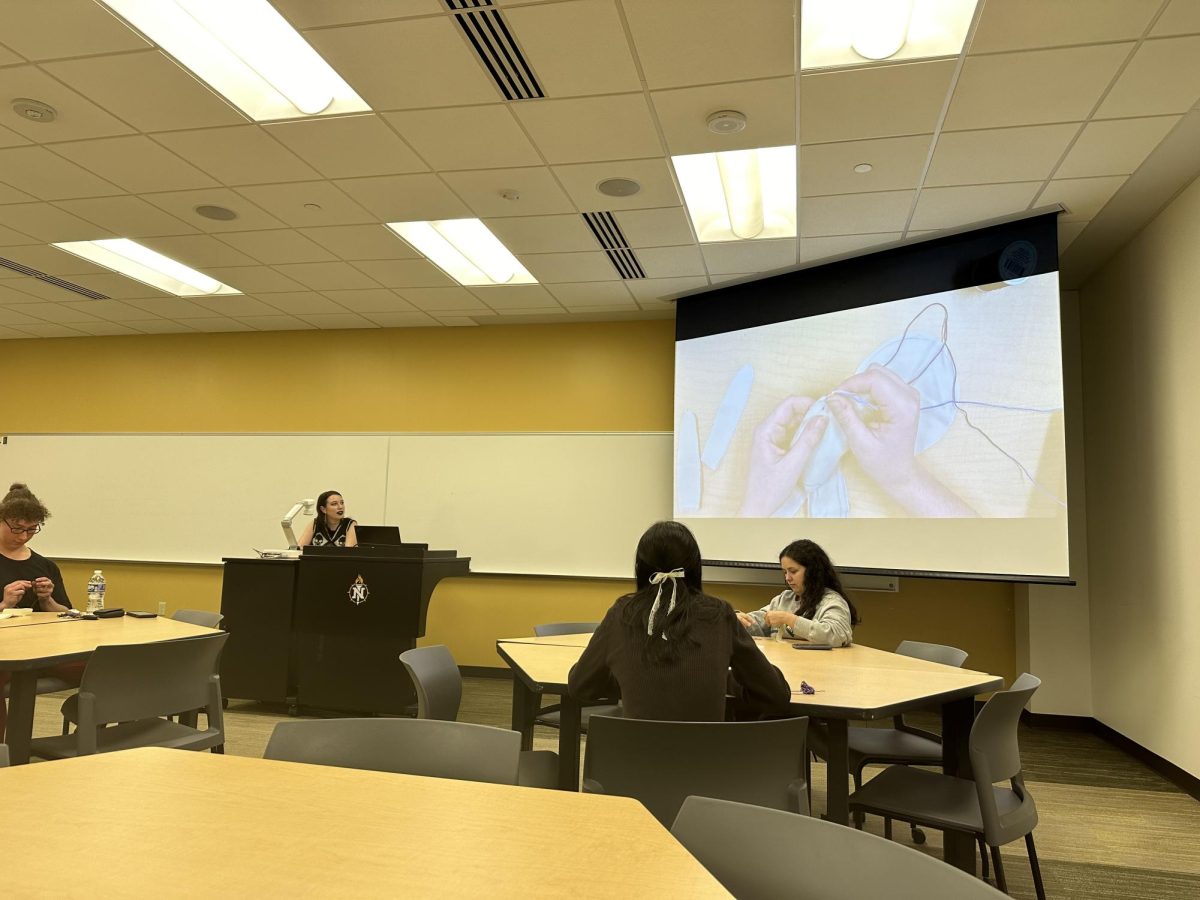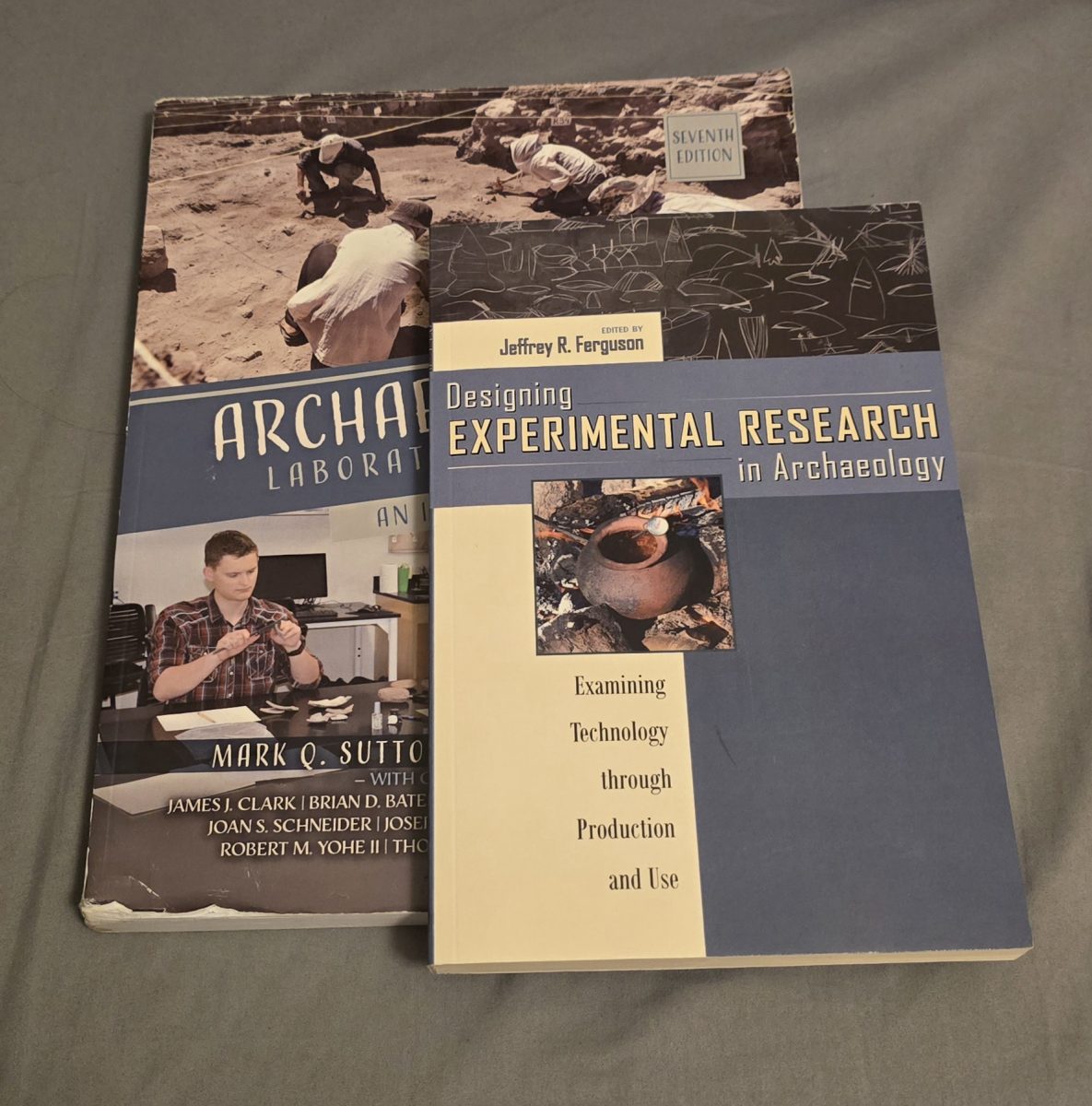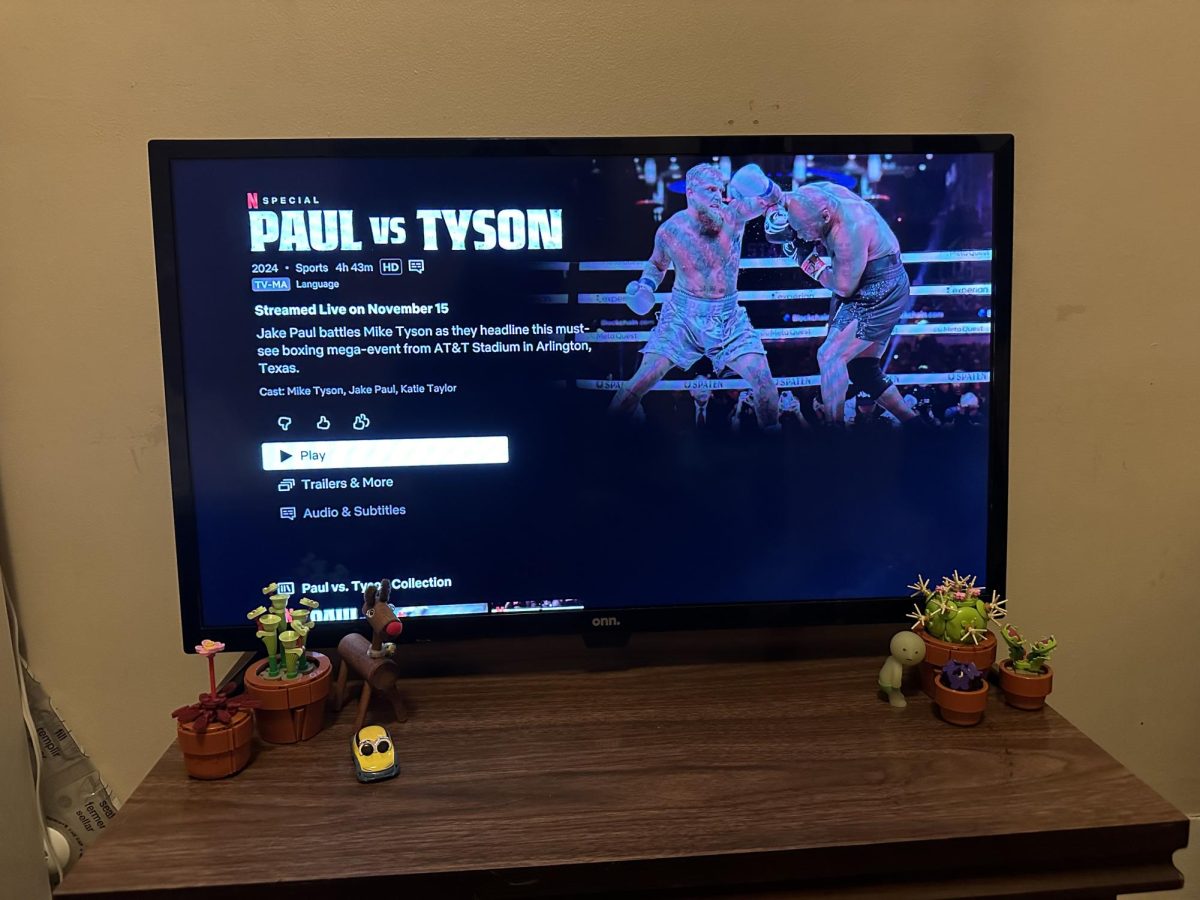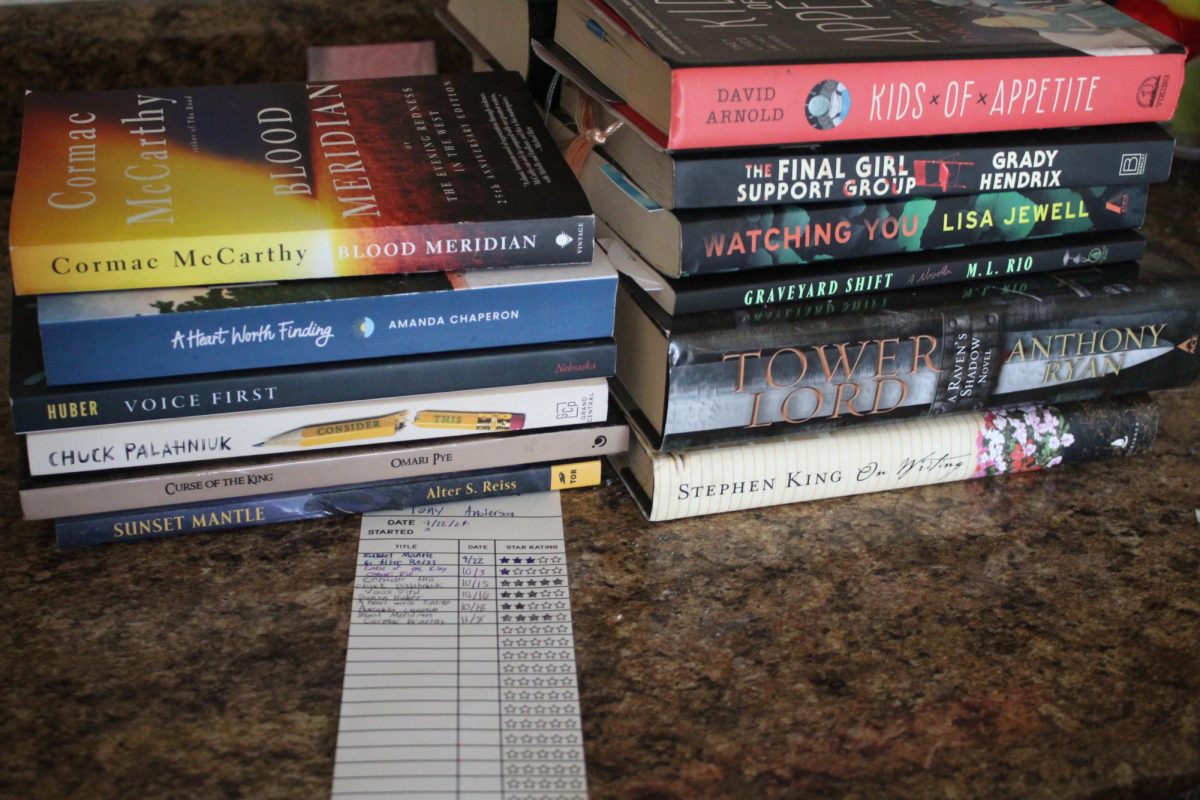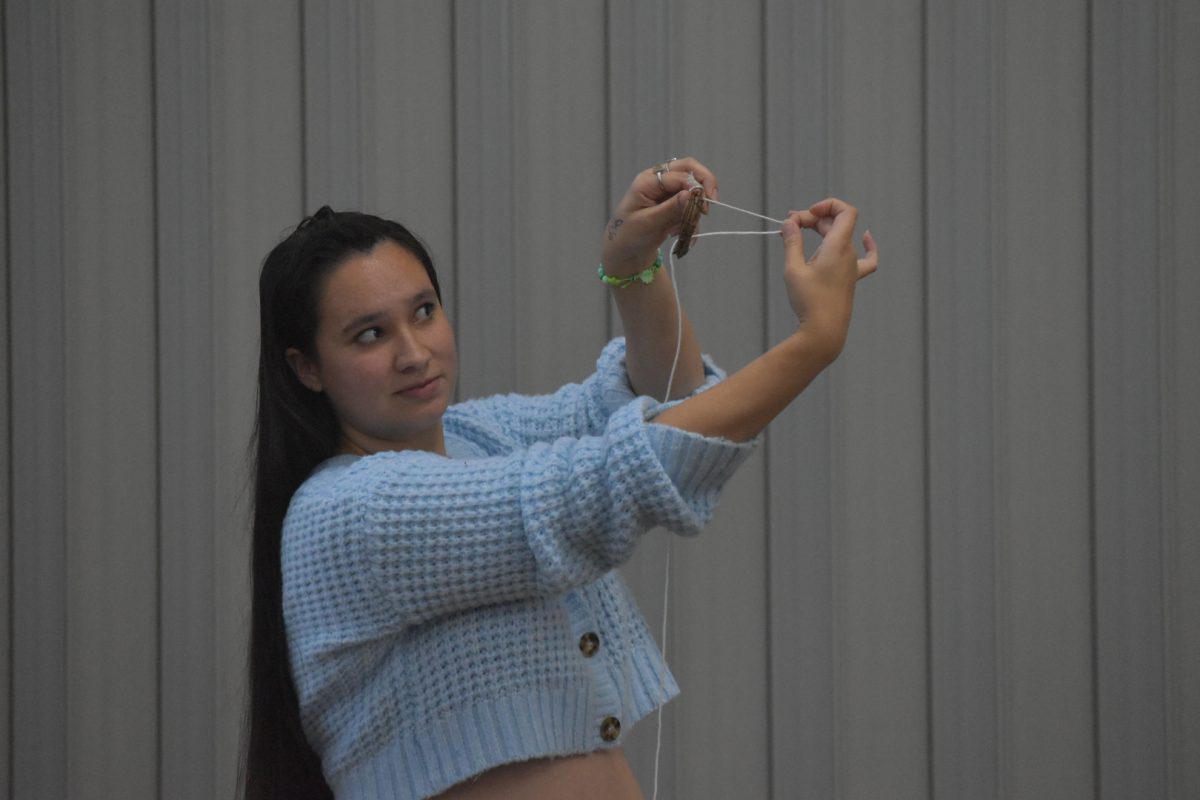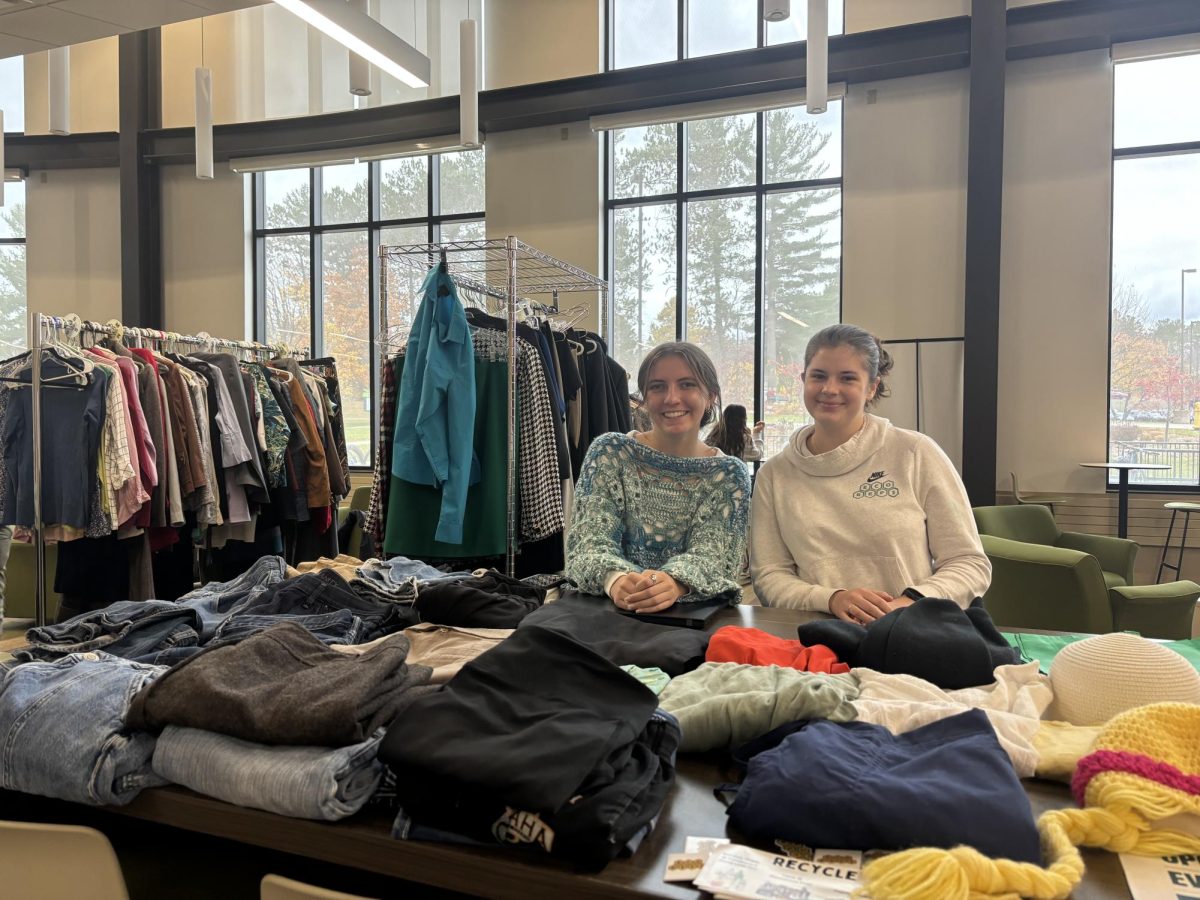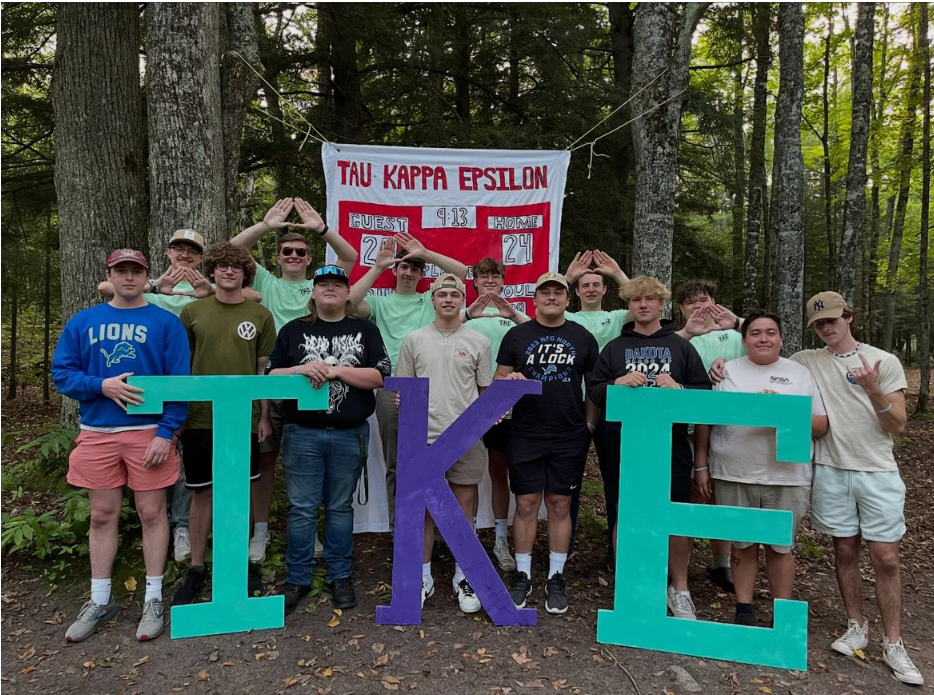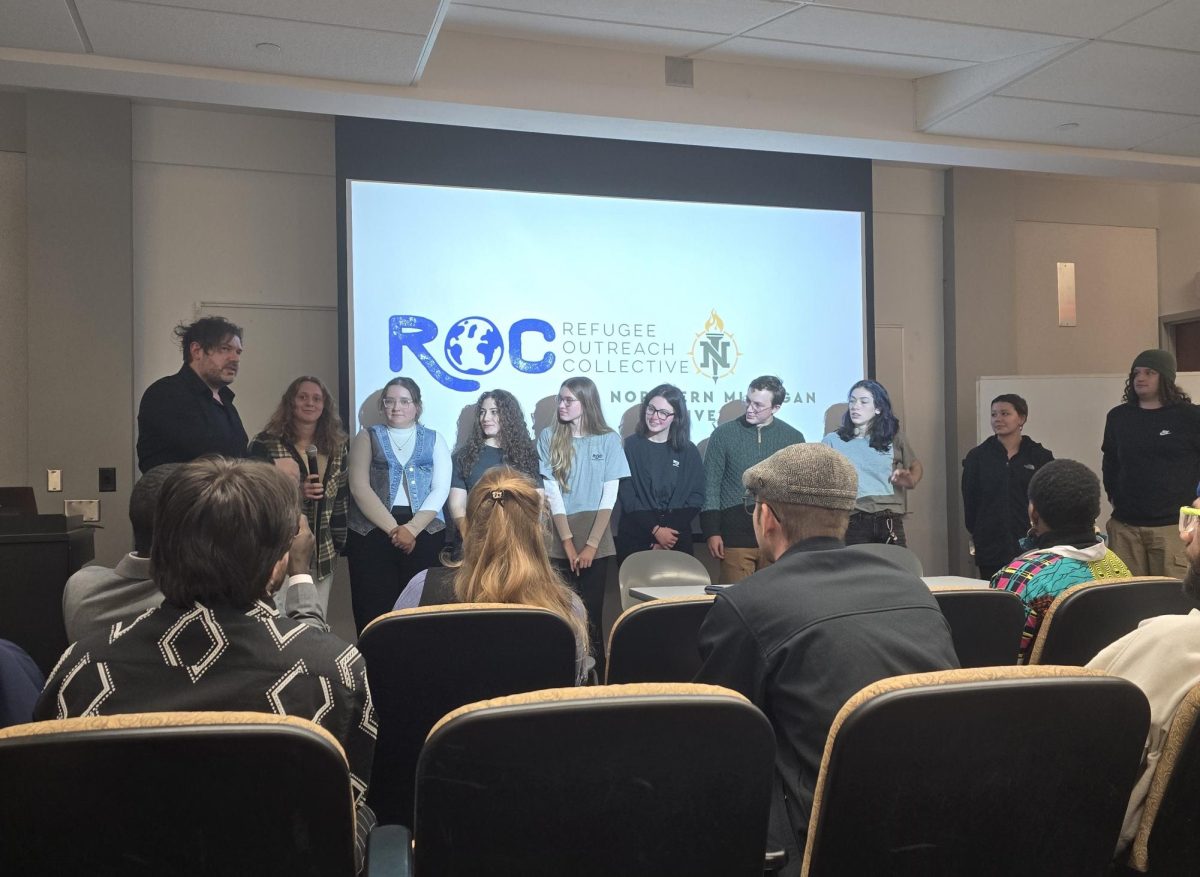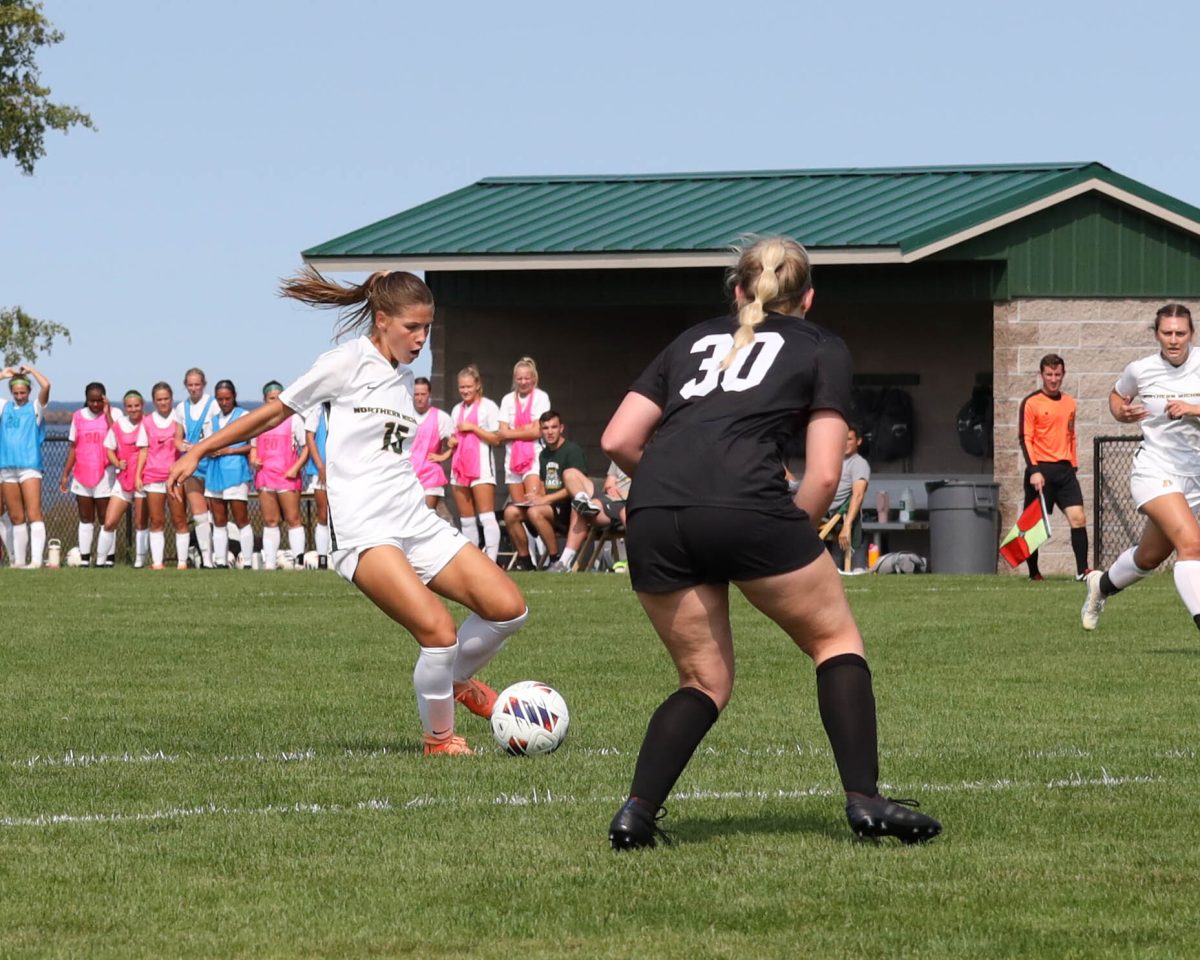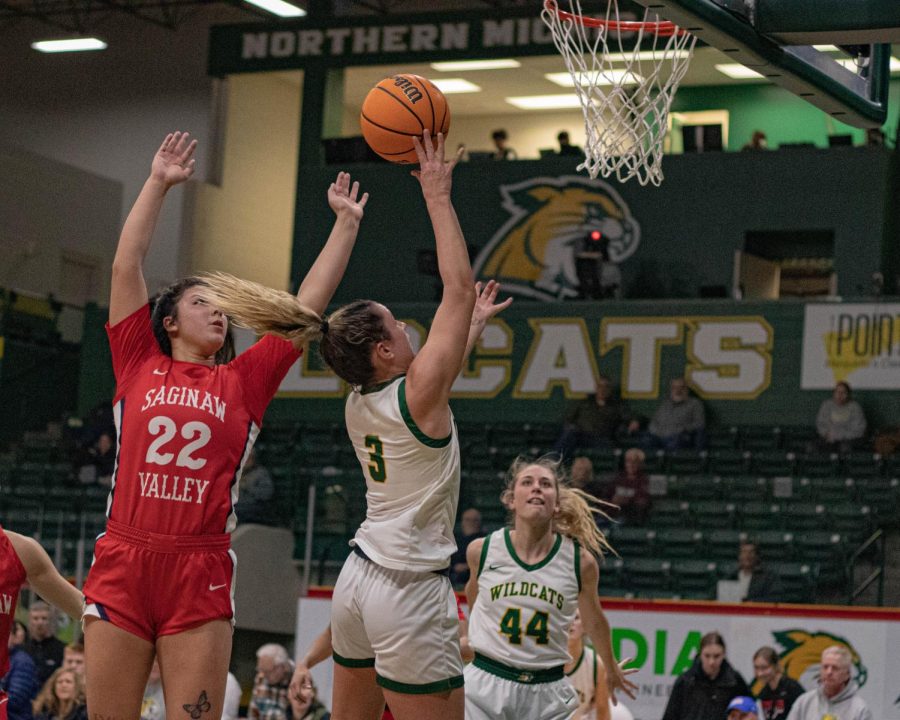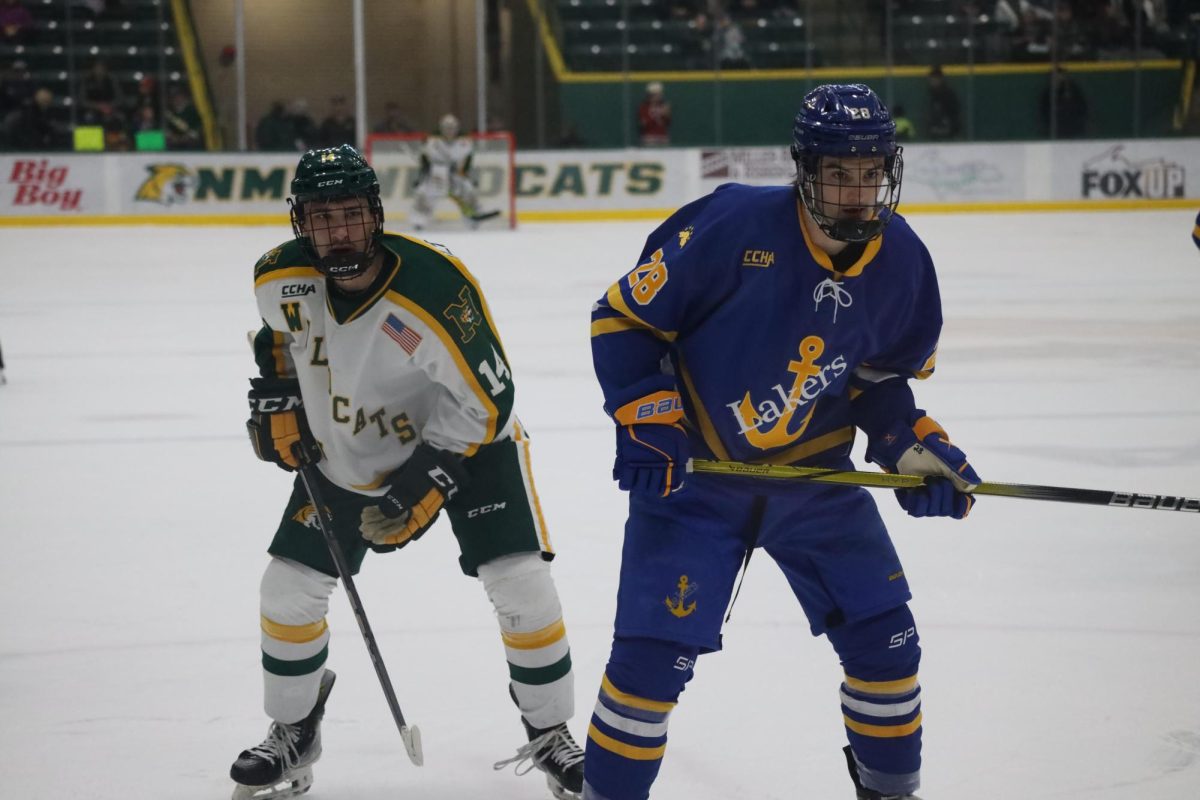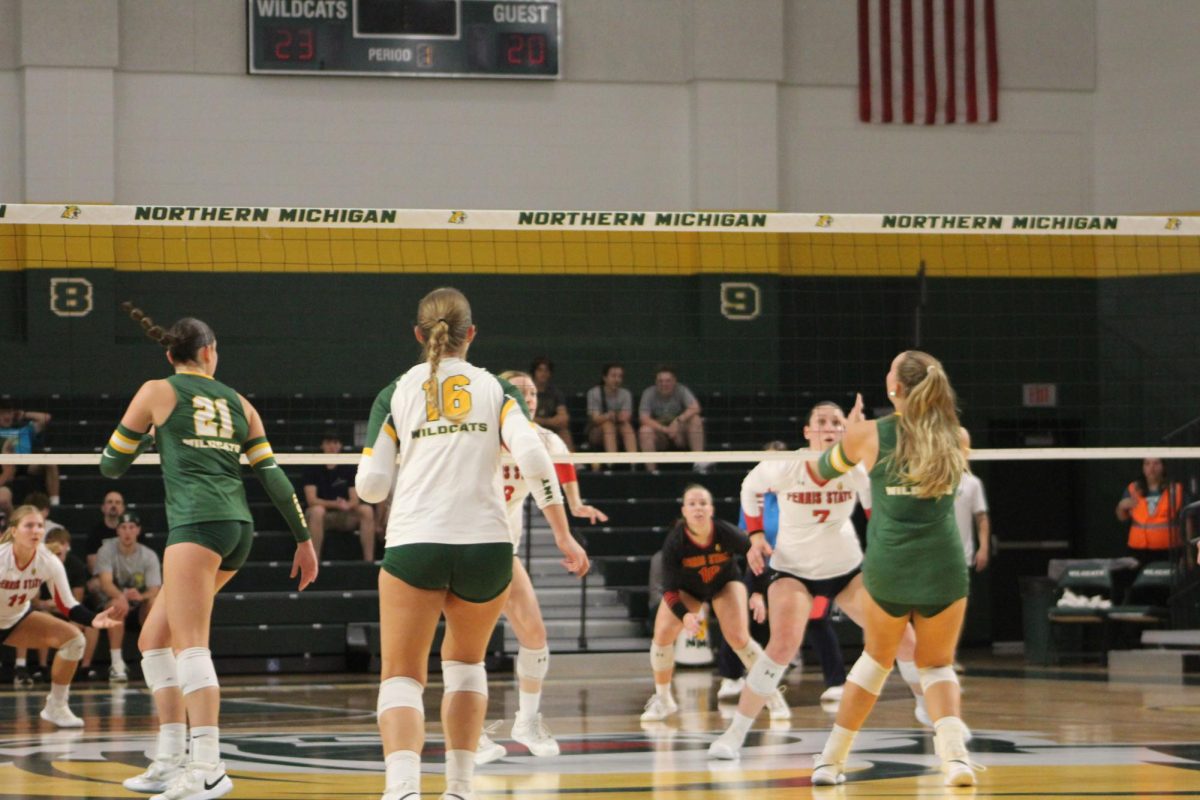Each year, the NCAA basketball season ends in dramatic fashion with the highlight reel entitled “One Shining Moment.” It’s with this video montage that the year’s NCAA tournament is edited down to the three most spectacular minutes in all of sports. The video clip consisting of Luther Vandross’ vocals, fist pumps and electrifying dunks illustrates the sport of college basketball, an untainted game in a corporate-sponsored world.
“The ball is tipped and there you are, you’re running for your life, you’re a shooting star. And all the years, no one knows, just how hard you worked, but now it shows…”
Relatively few individuals know just how much work is required to compete for a college national championship; athletes, coaches and their close friends and family surely realize what it takes. But it seems unlikely that, when watching this year’s tournament, even a small percentage of the 132 million television viewers were considering the effort required of college athletes.
The balancing act of academics and athletics is something college athletes take part in daily. Of the 65 teams and nearly 800 college basketball players in the NCAA tournament, only a handful of players will go on to play in the NBA, the remainder of them play for the sheer love of the game. In doing so, they will endure the rigors of a college class schedule, intense practices and for those with time management skills, a social life.
While professional athletes are able to devote more time to greater prepare themselves, their work ethic is fueled more by dollar signs than the love of the game. It would be difficult to imagine Ron Artest juggling education and basketball, as well as his fledgling rap career.
“But time is short and the road is long, in the blinking of an eye, that moment’s gone. And when it’s done, win or lose, you always did your best because inside you knew…”
During a college basketball career, players may have the chance to make or break their entire basketball futures over the course of the six-game NCAA Tournament. The NCAA tournament is a stage unlike any other, and the stars on that stage will all head in varied directions. Only during March Madness can a future accountant hit the game-winning three-pointer to send his team on to the next round.
During this year’s tournament, Ohio State senior guard Ron Lewis played alongside freshman phenom Greg Oden. Lewis, a sociology major, drained an overtime forcing three-point basket during the second round of the NCAA tournament. Despite his clutch postseason performance, this year’s tournament probably marks the last time Americans will see Lewis play basketball. Lewis will more than likely use his degree to make a living after college. Oden, on the other hand, will be making millions in the NBA. But, for the 2007 college basketball season, the two were peers.
“Feel the beat of your heart, feel the wind in your face, it’s more than a contest, it’s more than a race…”
The NCAA tournament is truly unlike any other college sport. Rather than being decided by computers and coaches’ polls, the tournament is decided by head-to-head competition. Any of the 65 tournament teams has a chance to become national champion.
The tournament, unlike college football’s Bowl Championship Series, is also devoid of corporate sponsored events. It is still called, “the NCAA tournament,” and is not preceded by “Tostitos” or “SBC”.
“And when it’s done, win or lose, you always did your best, because inside you knew that one shining moment, you reached for the sky. In one shining moment, you knew. In one shining moment, you were willing to try. In one shining moment, you knew.”
In “One Shining Moment” it was clear that college basketball was something special, and that college basketball’s highlight reel was brilliant. What made those three minutes great was the emotion-filled imagery that flashed on the television screen. What made those minutes spectacular is that they represented the only pure sport remaining in America.


